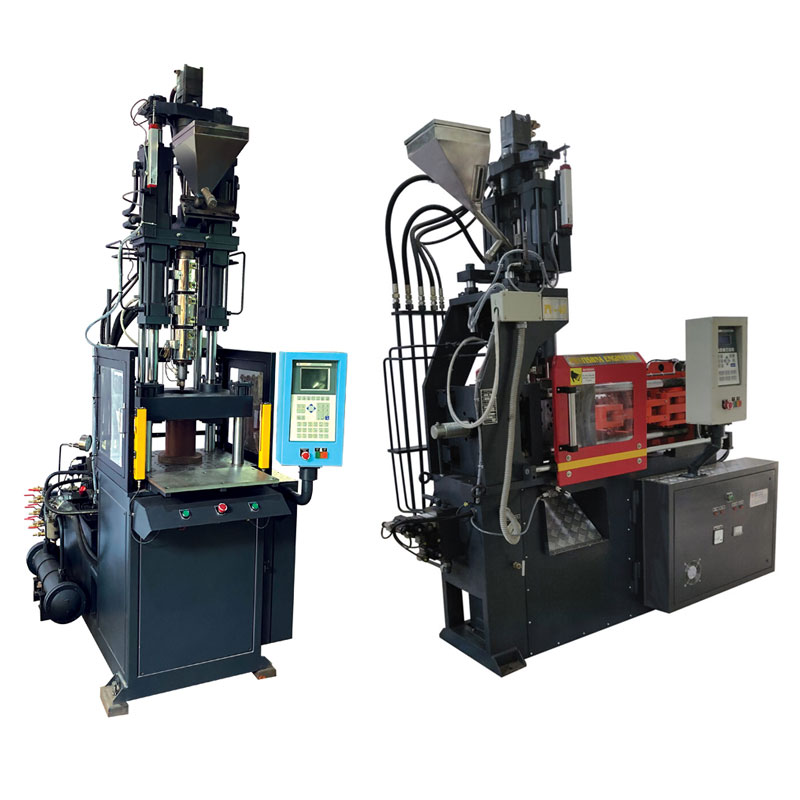Vertical injection moulding machines have revolutionized manufacturing processes, offering unmatched efficiency, precision, and adaptability for industries operating in limited spaces. At Pratishna Engineers, a trusted manufacturer and supplier based in Mumbai, India, vertical injection moulding machines are engineered to cater to businesses that prioritize high precision and space optimization. These machines are especially useful for industries such as automotive, electronics, medical devices, and consumer goods, where precise manufacturing is critical.
In this article, we delve into the benefits, applications, and unique features of vertical injection moulding machines, exploring why they are the ideal choice for compact manufacturing environments.
Key Benefits of Vertical Injection Moulding Machines
- Space-Saving Design
The vertical configuration of these machines minimizes floor space requirements. Unlike horizontal machines, vertical injection moulding machines operate with mould halves moving up and down, making them a practical choice for facilities with limited space.
- Energy Efficiency
Modern vertical machines are equipped with electric-powered systems, which consume less energy compared to traditional hydraulic systems. This reduction in energy usage translates into lower operating costs.
- Cost-Effectiveness
With reduced material waste and optimized energy consumption, vertical injection moulding machines are a cost-effective solution for businesses aiming to improve profitability without compromising quality.
- High Precision
The vertical structure ensures precise injection and mould control, resulting in high-quality, defect-free parts. This makes the machines particularly suitable for applications requiring intricate designs or tight tolerances.
- Automation and Flexibility
Many vertical injection moulding machines are equipped with advanced automation features, such as rotary tables and automated handling systems. These features enhance productivity, reduce human error, and streamline operations.
- Durability and Low Maintenance
Built with robust, high-quality components, vertical injection moulding machines are designed for long-term performance with minimal maintenance requirements.
Applications of Vertical Injection Moulding Machines
Vertical injection moulding machines are versatile and serve a wide range of industries, including:
- Automotive Industry
- Manufacturing dashboard components, knobs, and switches.
- Moulding strong yet lightweight parts for vehicle interiors.
- Electronics Manufacturing
- Producing casings for mobile phones, laptops, and other devices.
- Crafting small plastic components like connectors and buttons.
- Medical Device Production
- Creating syringes, tubes, and catheters that meet stringent hygiene standards.
- Manufacturing high-precision parts for medical instruments.
- Consumer Goods
- Producing plastic housings for appliances and electronics.
- Moulding kitchenware, toys, and personal care items.
How Do Vertical Injection Moulding Machines Work?
In a vertical injection moulding machine, the mould halves move vertically, perpendicular to the floor. The injection mechanism is positioned on the same vertical plane, allowing gravity to assist in filling the mould cavity. This design is especially advantageous for:
- Insert Moulding: Gravity holds inserts like metal rods in place, ensuring accurate alignment during the moulding process.
- Overmoulding: Enables layering of plastic over existing components, enhancing functionality.
Product Types Offered by Pratishna Engineers
At Pratishna Engineers, we provide a comprehensive range of vertical injection moulding machines to meet various production requirements:
- Small Vertical Injection Moulding Machines: Ideal for compact production setups with limited space.
- Medium Vertical Injection Moulding Machines: Suitable for mid-volume production, offering higher injection capacity.
- Large Vertical Injection Moulding Machines: Designed for high-volume manufacturing, capable of handling heavy-duty tasks.
Explore more about our products here:
- Vertical Injection Moulding Machines
- Special Purpose Injection Moulding Machines
- PET Injection Moulding Machines
Vertical vs Horizontal Injection Moulding Machines
| Feature | Vertical Machines | Horizontal Machines |
| Space Requirements | Compact design ideal for small spaces. | Requires larger floor area. |
| Best Use Cases | Insert and overmoulding applications. | High-volume production of standard parts. |
| Automation | Supports rotary tables and multiple concurrent operations. | Limited automation for intricate moulding tasks. |
| Energy Efficiency | Lower energy consumption with electric systems. | Typically consumes more energy. |
| Precision | Higher precision for intricate designs. | Best for simpler, large-scale parts. |
Why Choose Pratishna Engineers?
Pratishna Engineers is a leading manufacturer and supplier of high-quality vertical injection moulding machines in Mumbai, India. Our machines are designed to deliver exceptional performance, precision, and durability. By choosing Pratishna Engineers, you benefit from:
- Custom Solutions: Tailored machines to meet specific production needs.
- Reliable Support: Comprehensive after-sales service and maintenance.
- Proven Expertise: Years of experience in manufacturing cutting-edge moulding machines.
Explore our offerings:
Frequently Asked Questions (FAQs)
Q1: What are the advantages of vertical injection moulding machines for compact spaces?
Vertical machines save floor space, provide high precision, and are energy-efficient, making them ideal for smaller manufacturing setups.
Q2: What industries benefit from vertical injection moulding machines?
These machines are widely used in automotive, electronics, medical, and consumer goods industries due to their precision and versatility.
Q3: How do vertical machines compare to horizontal machines?
Vertical machines excel in insert and overmoulding tasks, occupy less space, and are more energy-efficient, whereas horizontal machines are better for high-volume production of standard parts.
For more information or to explore our range, visit Pratishna Engineers.

